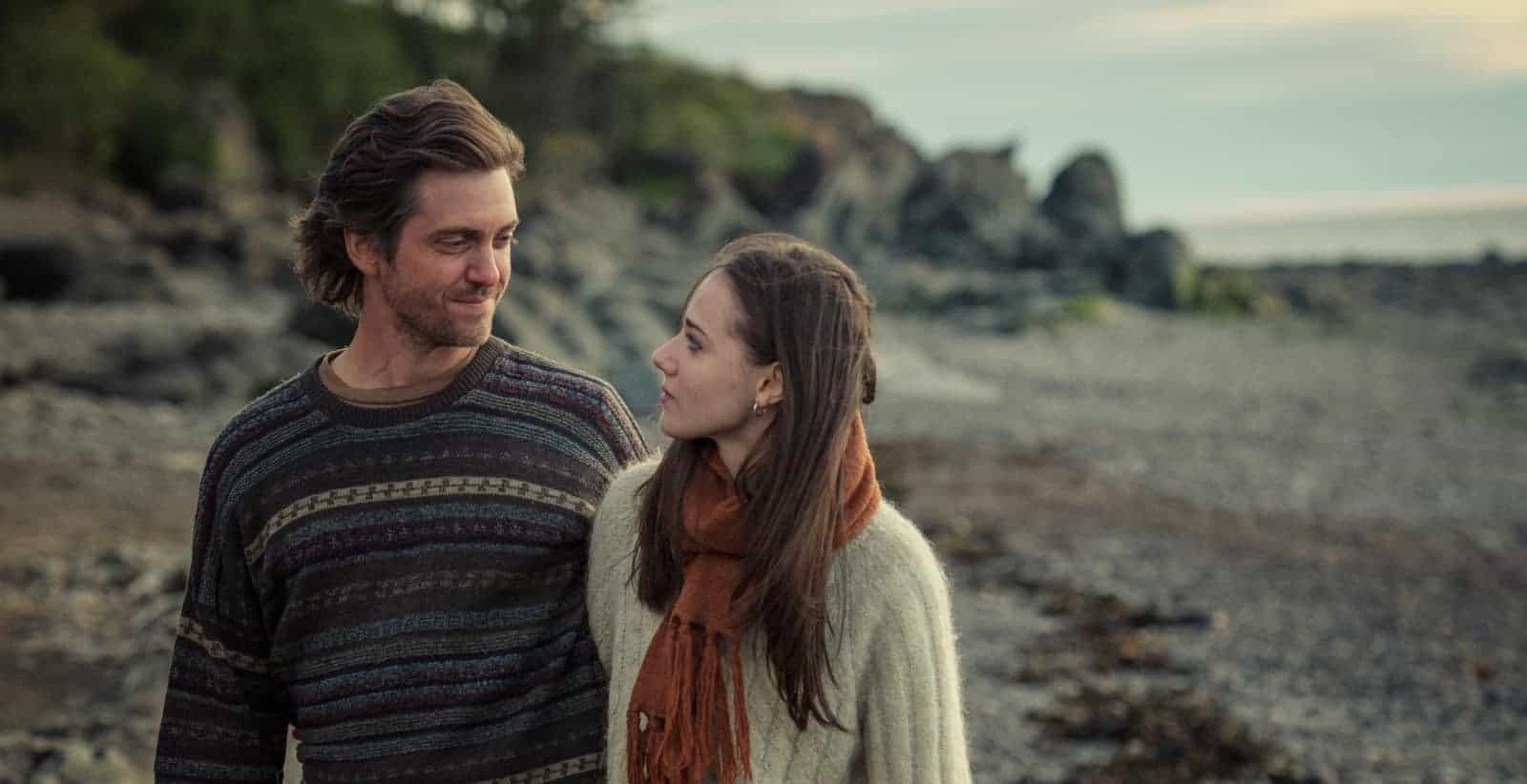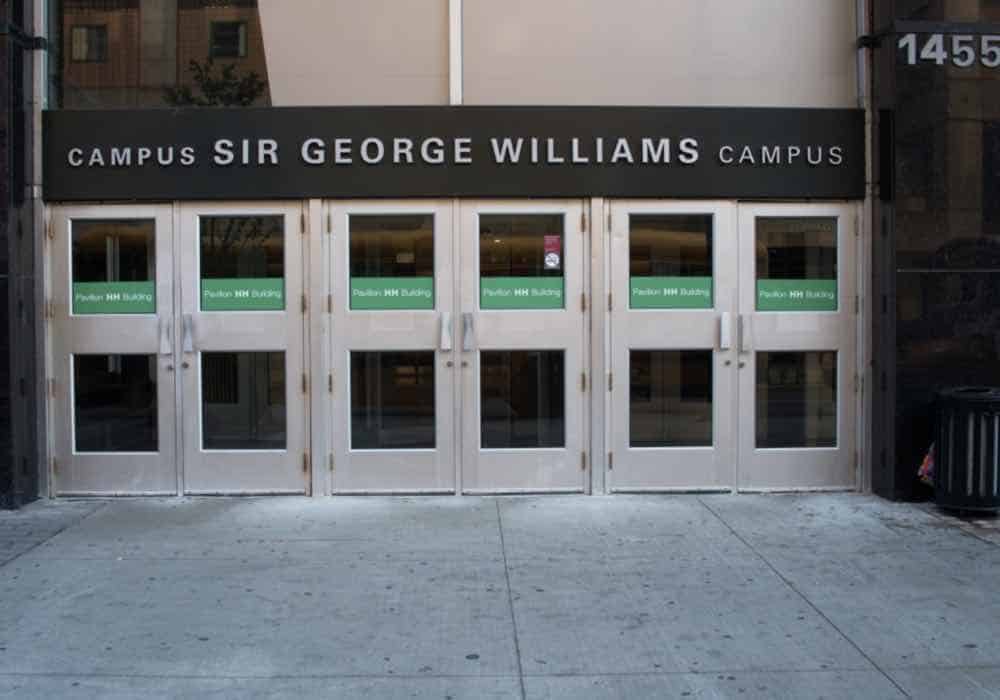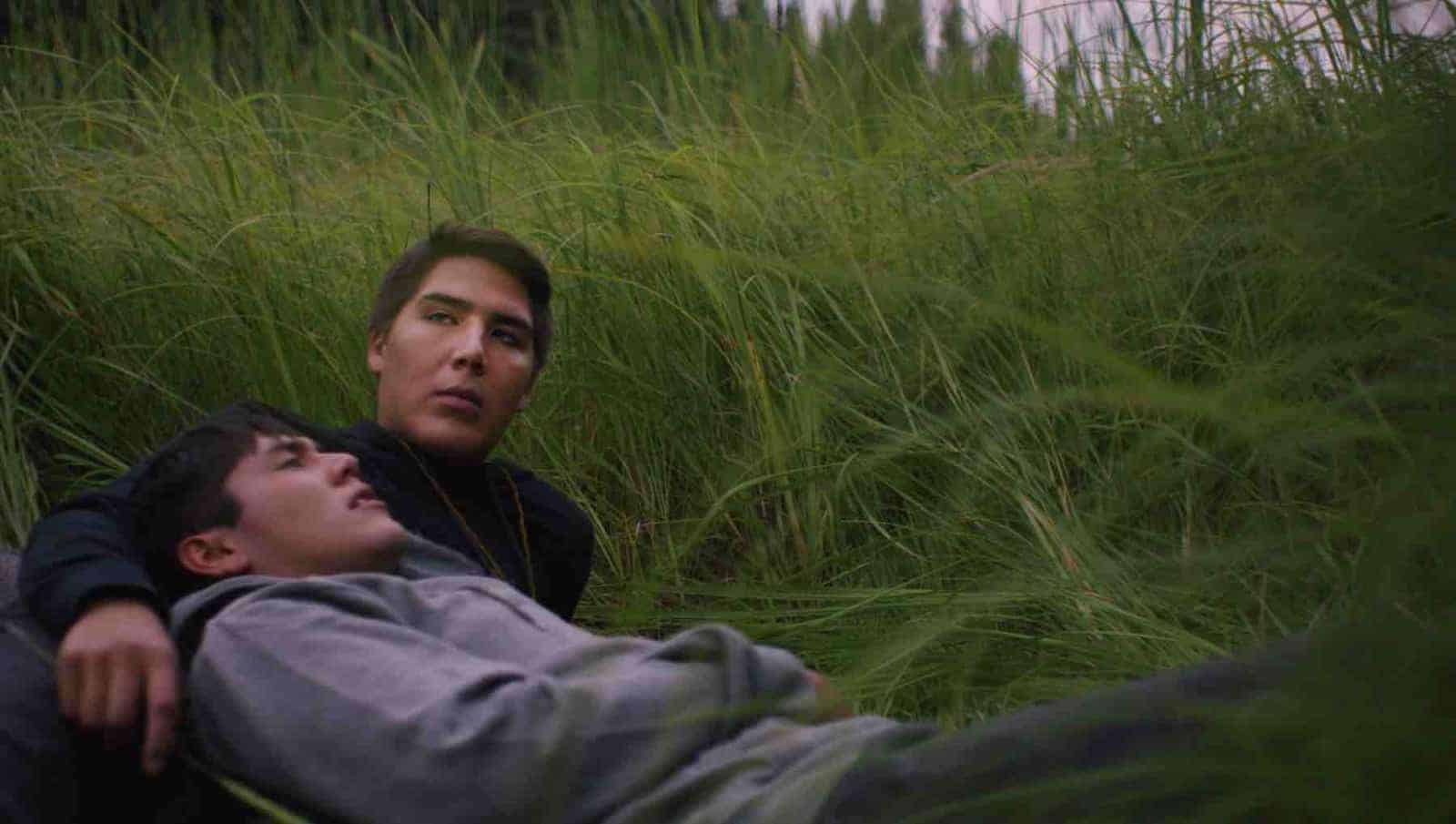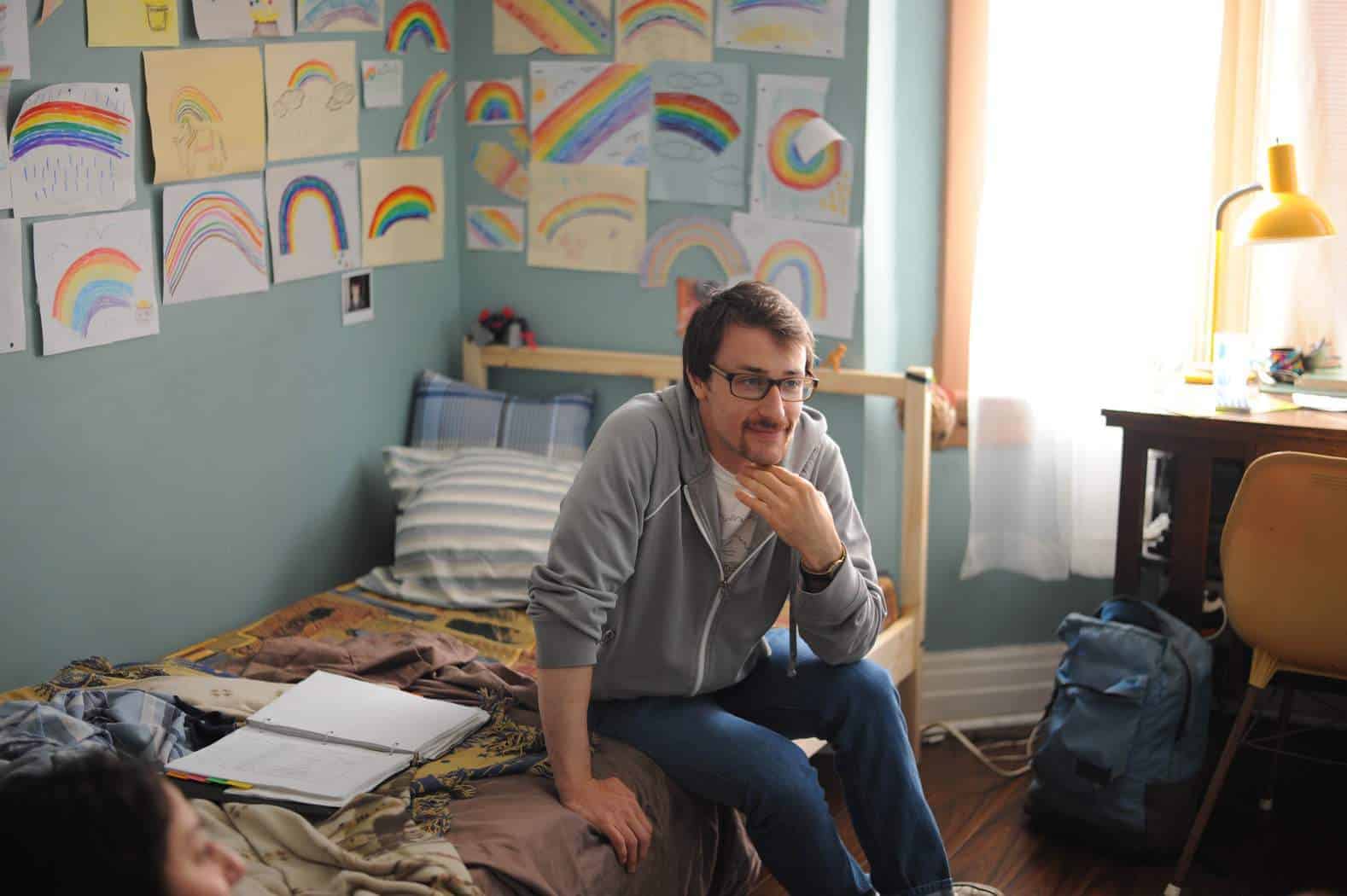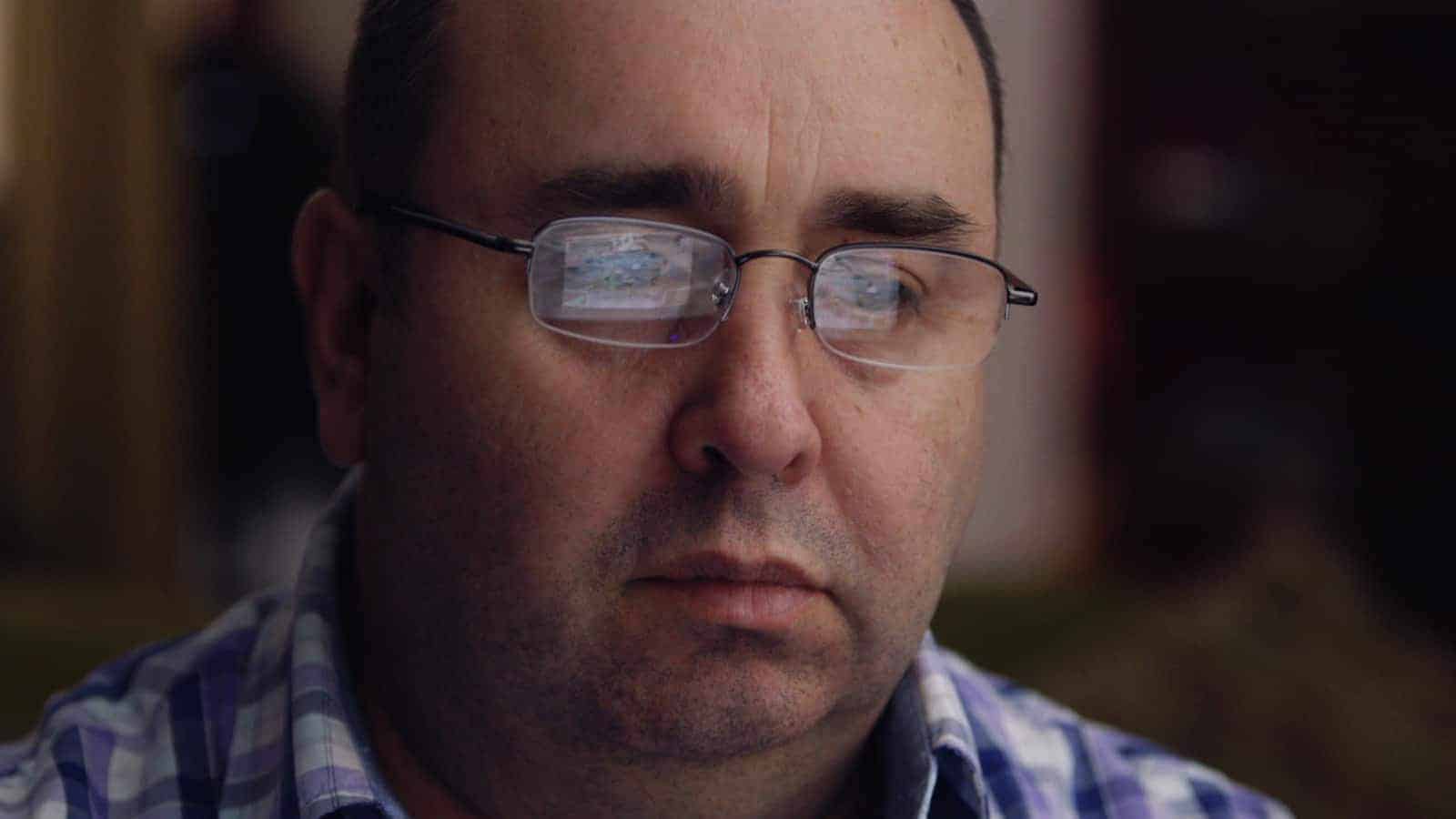With Sherpa, Australian filmmaker Jennifer Peedom revisits the story of Everest, but in present day and from the Sherpas’ perspective instead of that of the Westerners who hope to conquer it.
Festival Favourites
TIFF15: Our Loved Ones depicts cycles of family grief
Our Loved Ones wrestles with the path to adulthood, memory, and family obligation.
TIFF15 review: NFB history doc Ninth Floor sheds light on our racial biases
Mina Shum’s taut and accomplished documentary The Ninth Floor is an extremely important film about racial discrimination in Canada. Not only does it retell a crucial part of Canadian history that never made it into the history books I studied in school, but the incident it depicts has continued relevance today. The title refers to the […]
Fire Song presents an authentic, First Nations queer narrative
Adam Garnet Jones’ Fire Song is a frank portrait of indigenous LGBT people and how depression and isolation intersect within a First Nation community.
TIFF15 Interview: Canadian director Kire Paputts talks The Rainbow Kid and disability in film
With his first feature, The Rainbow Kid, Canadian filmmaker Kire Paputts has made a landmark film. The film stars a character with Down Syndrome, Eugene (Dylan Harman), a naive boy whose mother can’t pay the rent. In an effort to prevent their eviction, he sets out on a journey to find the pot of gold at […]
TIFF15: How Heavy This Hammer explores masculinity in crisis ****
Mary Angela Rowe reviews one of the best films of the 2015 Toronto International Film Festival from Canadian director Kazik Radwanski. To discover more great Canadian Cinema, take the Canadian Cinema Challenge and get a copy of our ebook on Canadian film, The 2019 Canadian Cinema Yearbook here.

